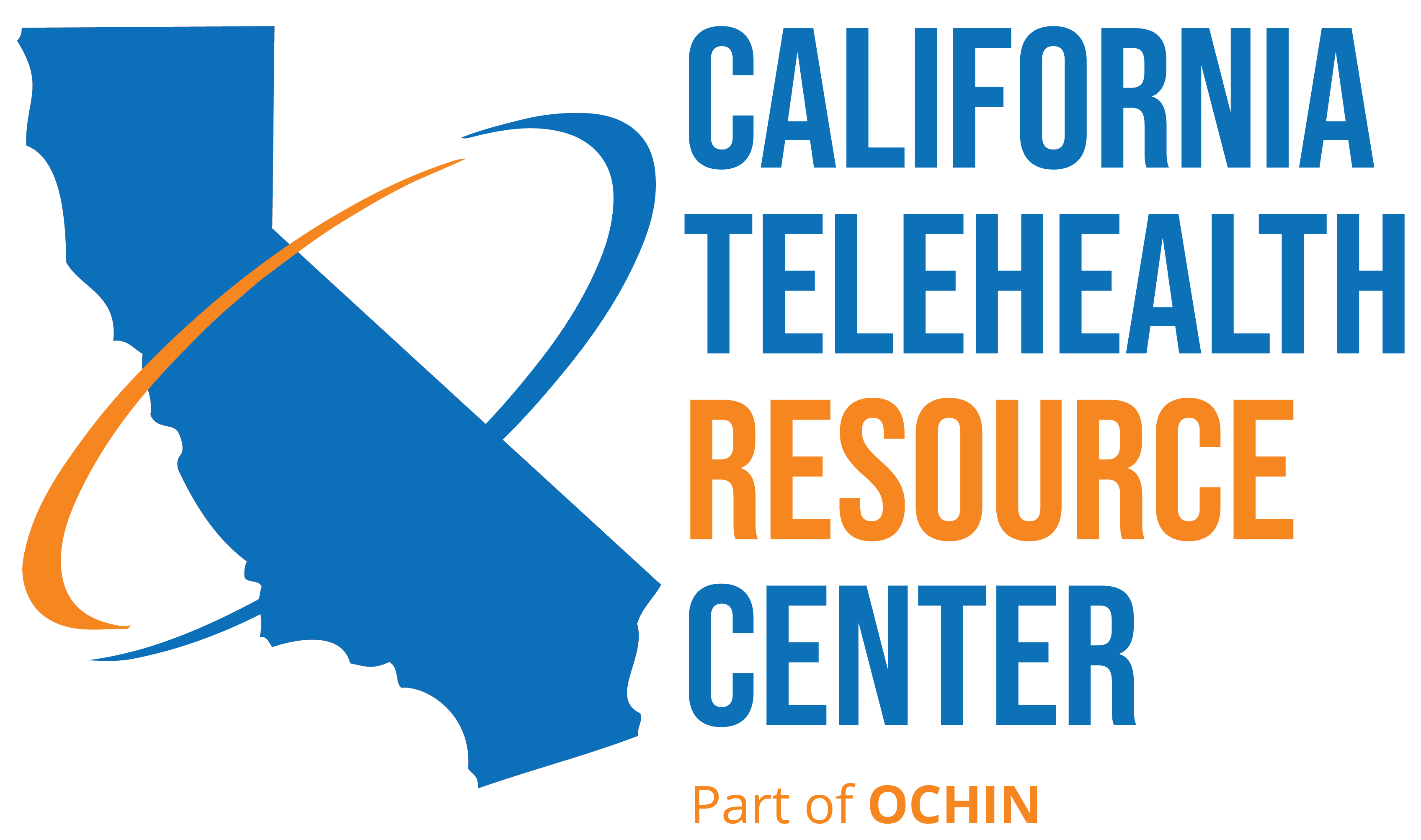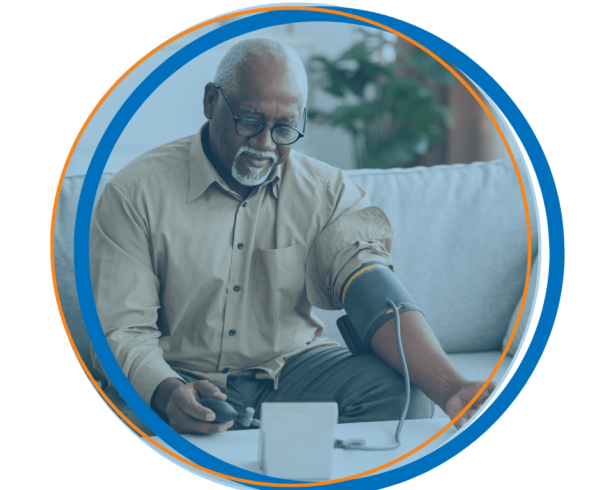As natural disasters increasingly affect California and our nation, healthcare providers are turning to digital health technologies to ensure patients can still receive care when physical facilities are damaged or inaccessible. Whether facing power outages or connectivity disruptions, providers and patients alike must be prepared with backup solutions to keep digital health systems running. This blog explores the tools and strategies needed to maintain digital health access during critical times, allowing care to continue uninterrupted.
Power Backup Solutions for Healthcare Providers
To ensure that digital health services remain available during power outages caused by natural disasters, healthcare providers must implement reliable power backup solutions. These technologies are essential to keep digital health platforms running, allowing providers to continue offering remote consultations and virtual care when physical facilities may be compromised. Here are several key power backup options:
1. Uninterruptible Power Supplies (UPS)
A UPS provides short-term backup power that can keep essential digital health systems—such as computers, routers, and telehealth devices—operational during brief outages. It gives healthcare providers a critical window to either restore power or safely transition to a longer-term solution, such as a generator. This ensures that active digital health sessions are not abruptly interrupted and that electronic health records remain accessible during a crisis.
2. Backup Generators
For extended power outages, backup generators are a vital resource. Healthcare providers, particularly those in larger facilities or clinics, should have generators that can supply power to the systems required for delivering digital health services. This includes the necessary equipment to support telehealth consultations, remote patient monitoring devices, and the internet infrastructure needed for these technologies to function. Generators can ensure continuous service for hours or even days, depending on fuel availability.
3. Portable Power Solutions
For smaller clinics or home-based providers, portable power solutions such as high-capacity battery packs or solar-powered generators offer flexibility and mobility. These portable options can charge devices like laptops, tablets, and smartphones, ensuring that digital health consultations can continue even in remote areas or during prolonged power outages. Portable solar chargers are particularly valuable for extended outages, as they can continuously generate power in sunlight, allowing providers to stay connected to their patients when other options are unavailable.
By incorporating these power backup solutions into their disaster preparedness plans, healthcare providers can ensure that digital health services remain functional, keeping critical lines of communication open with patients when in-person care may not be possible.
Connectivity Solutions for Healthcare Providers
During natural disasters, internet service disruptions can severely limit access to digital health platforms, making it difficult for healthcare providers to continue offering remote consultations and monitoring. Ensuring reliable connectivity is essential for maintaining digital health services, such as telehealth consultations, remote patient monitoring (RPM), and other virtual care tools. Below are key connectivity solutions that healthcare providers should consider to keep their digital health systems online during disasters:
1. Satellite Internet
Satellite internet is a robust backup solution for areas where traditional broadband or cellular connections are compromised. It operates independently of local infrastructure, making it ideal during widespread outages caused by disasters. While satellite internet can have higher latency and slower speeds, it ensures that critical digital health services, particularly audio-only or low-bandwidth telehealth sessions, can continue even when other forms of connectivity are unavailable. Healthcare providers should explore portable satellite internet solutions that can be quickly deployed in emergency scenarios.
2. Mobile Hotspots
Mobile hotspots offer another reliable option for maintaining internet connectivity during outages. By using cellular networks, these devices create Wi-Fi access points that allow providers to connect their devices and continue offering digital health services. Mobile hotspots are particularly useful for telehealth and can support both audio-only and video consultations. Providers should consider having backup cellular plans from different carriers, ensuring redundancy if one network fails but another remains operational.
3. Mesh Networks
Mesh networks consist of multiple interconnected devices that create a flexible Wi-Fi network. If one part of the network fails, the other devices continue to maintain coverage. For larger healthcare systems or clinics, mesh networks can be a practical solution, ensuring continuous internet access across a facility even if some areas experience connectivity issues. This system allows healthcare providers to maintain access to digital health platforms and sustain patient communications without significant interruptions.
By incorporating these connectivity solutions into their disaster preparedness plans, healthcare providers can ensure that digital health services remain accessible, even when standard internet connections are down. This continuity is critical for maintaining patient care and communication in challenging circumstances.
Preparing Patients for Connectivity Challenges
Just as healthcare providers must plan for disruptions, patients also need to prepare for connectivity challenges during disasters to ensure they can continue accessing digital health services. Whether they rely on two-way audio/video telehealth, audio-only consultations, or other digital health tools like remote patient monitoring (RPM), patients must be equipped to stay connected when traditional infrastructure fails. Below are key steps patients can take to ensure they remain able to receive care when it’s most needed:
1. Portable Power Sources
Patients should invest in portable power solutions, such as power banks or solar chargers, to keep their devices charged during power outages. Many digital health services, including telehealth consultations, can be accessed through mobile devices like smartphones and tablets. Keeping these devices charged is critical for staying in touch with healthcare providers, especially in rural or isolated areas where outages may last longer.
2. Pre-Save Healthcare Provider Contact Information
In the event of internet service disruptions, patients should have their healthcare provider’s phone number saved on their mobile devices. This ensures that, even if they lose internet access, they can still conduct audio-only consultations by phone. Audio-only telehealth can provide essential care when video-based consultations are not possible, making it an important backup during connectivity failures.
3. Identify Public Connectivity Resources
Patients should be aware of locations in their community that may provide emergency internet access, such as libraries, emergency shelters, or mobile Wi-Fi units deployed by local governments or relief organizations. These resources can be critical for patients who need to access digital health services, especially those requiring video consultations or remote patient monitoring. Healthcare providers can inform patients of these options in advance so they know where to go for reliable connectivity during a crisis.
4. Keep a List of Medications and Health Information Ready
To ensure continuity of care during an emergency, patients should maintain an up-to-date list of their medications, dosages, and any critical health information. If their digital health connection is lost or delayed, having this information readily available can help them communicate effectively with their providers during an audio-only telehealth consultation or through alternative means like phone calls.
By preparing for potential power and connectivity challenges, patients can maintain access to digital health services when disasters strike. This preparation is key to ensuring that vital care continues, even when infrastructure is compromised.
Testing and Training for Disaster Readiness
Both healthcare providers and patients should regularly test their backup power and connectivity solutions to ensure they are fully functional in the event of an emergency. Healthcare providers can conduct training sessions to familiarize their staff with alternative technologies, such as using satellite internet or mobile hotspots when traditional broadband is down. These training sessions can also cover how to maintain digital health services, including telehealth and remote monitoring, under challenging conditions.
Patients, too, should be guided on how to access digital health services during emergencies. This could involve tutorials on how to use mobile apps for telehealth consultations, or instructions on finding public Wi-Fi access points when home internet services are disrupted. Having an emergency digital health plan that includes clear communication protocols, technology checks, and resource availability can make a significant difference when disaster strikes.
Final Thoughts
Natural disasters may be an inevitable part of life in California, but losing access to digital health services doesn’t have to be. By investing in backup power solutions like UPS systems, generators, and solar chargers, as well as exploring alternative connectivity options such as satellite internet, mobile hotspots, and mesh networks, healthcare providers can ensure continuity of care during even the most disruptive events.
Patients also play a vital role in maintaining access to care, and by securing portable power sources, knowing where to find emergency connectivity, and keeping essential health information ready, they can stay connected to their healthcare providers when infrastructure fails.
At the California Telehealth Resource Center (CTRC), we are dedicated to providing unbiased digital health resources to help navigate the complexities of disaster preparedness. While telehealth is a crucial element in maintaining continuity of care during emergencies, it is only one part of a broader digital health strategy. By planning ahead and leveraging available technologies, both healthcare providers and patients can stay connected and ensure that care continues, even when traditional systems are compromised.
For more information and resources for emergency planning in California, visit the California Office of Emergency Services website here.







Leave a Comment